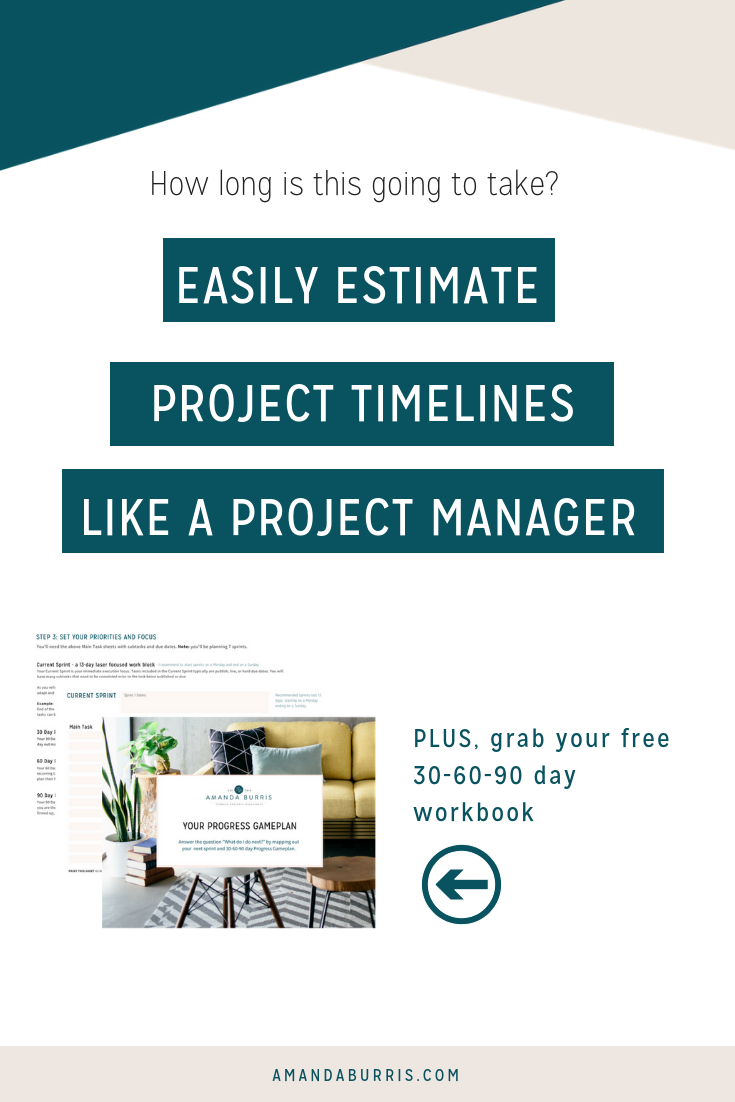 Ever feel kinda blah about business? Even with success, streamlined and greased up systems, and a team moving the things to done. . . sometimes you can still feel like you could be doing things faster/better/easier?
Ever feel kinda blah about business? Even with success, streamlined and greased up systems, and a team moving the things to done. . . sometimes you can still feel like you could be doing things faster/better/easier?
Maybe you just need a breather in between launches and busy seasons. And while that is much needed (and deserved), you can also get into the mode of just doing the same ‘ole same ‘ole.
Maybe success creates a tiny bit of complacency.
There are times when it’s good to try something new. To shake things up. To pump in some positive energy. To experiment a little.
While I teach and implement strategies to help business owners tackle #allthethings. . . I also help them shake things up.
I hear a similar storyline with most established and successful business owners: We are doing the things well. . . but I still feel like there’s more we could be doing.
Maybe your storyline is like this: I’m losing my oomph, my energy, or my fired-up-ness for my business. I LOVE what I do (and we are REALLY good at it), but it’s like groundhog day. The same thing every day. Kinda getting boring.
You can teach old dogs new tricks. Just because you are successful and have dependable systems at your back. . . it might be time to tweak a few things.
Here are 3 signs you need to try something new (and 3 new things to try):
#1) You have consistently checked off the same weekly tasks at the same rate for the past month.
YES! You need dependable and consistent systems, but if you are doing the exact same work and the exact same speed. . . you may need to try a different approach.
SHAKE IT UP: Try a SPRINT! See how many “things” (blog posts, podcast eps, Instagram Stories / IGTV) you can get done in a two week time frame. This will help breathe some fun into your regular work days and you may see you can get more done in the same amount of time.
#2) You don’t look forward to a regular Monday, you are starting to dread “clocking in” with the team.
It does get boring after a while to do the same things, check in with the same people (even if you LOVE them), on the same days.
SHAKE IT UP: Build in a passion project or one day project into your current week. Start the day off with something you LOVE or something different that can get you fired up.
#3) Your team is communicating on the reg but the energy is lackluster at best.
Your team feeds off your energy, so if you are feeling blah you can bet your team is picking up on that.
SHAKE IT UP: Instead of doing your regular Slack check-ins or Asana rounds. . . try sending them a video recording, voice recording, or gif to get the week started. (I’m even experimenting with a better team kickoff each sprint to make sure we have filled each others cups and jazzed about the work week ahead!)
Sometimes you don’t even see that you fire has dwindled. Sometimes you need a quick espresso shot of something out of the ordinary to perk you up! You don’t always need a complete or total overhaul of your systems, you just need to rework a sprint or two in order to get your mojo back.
If you are wanting to learn more about sprints and follow a proven system (just ask my 6 and 7 figure clients) then Your Progress Gameplan is the best starting point! You’ll learn how to prep, plan, and solidify sprints and make sure your team is consistently moving things to DONE!


